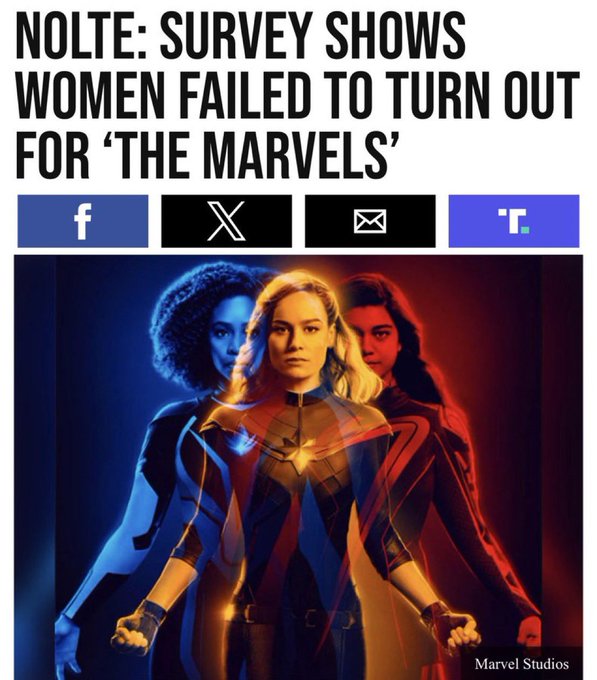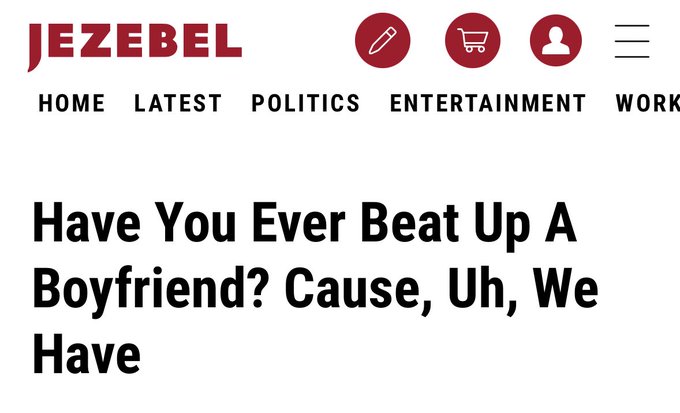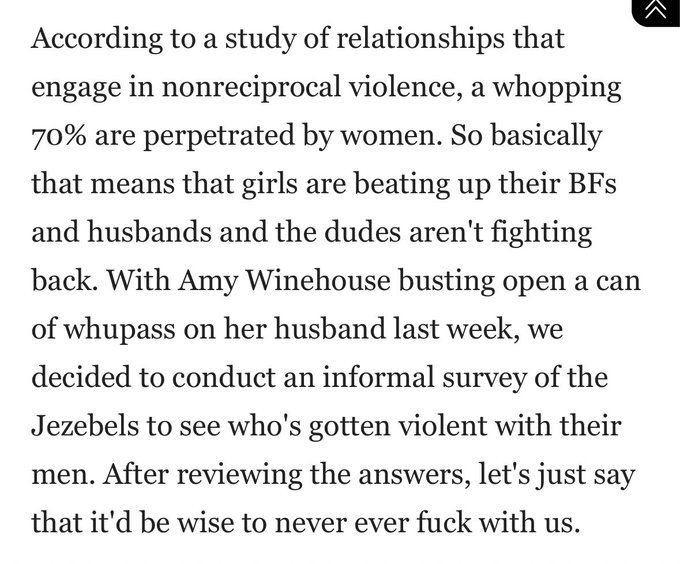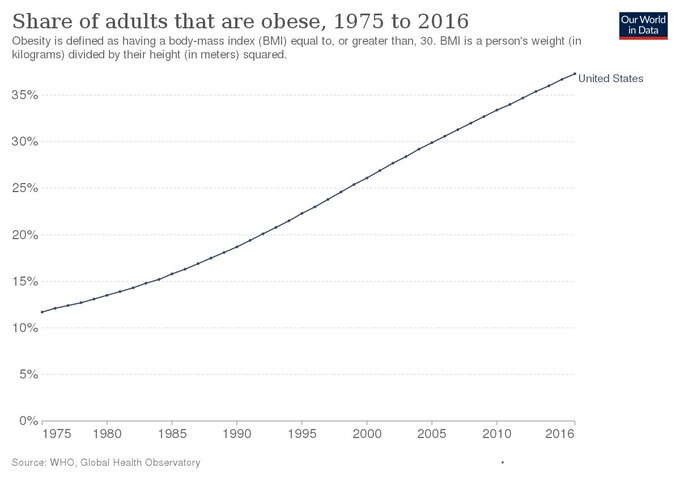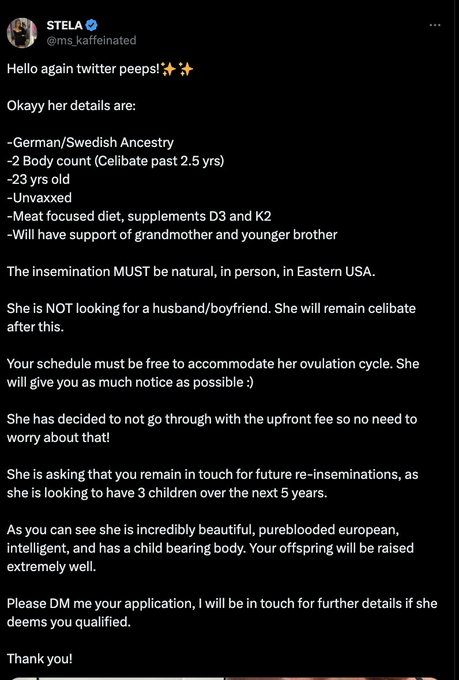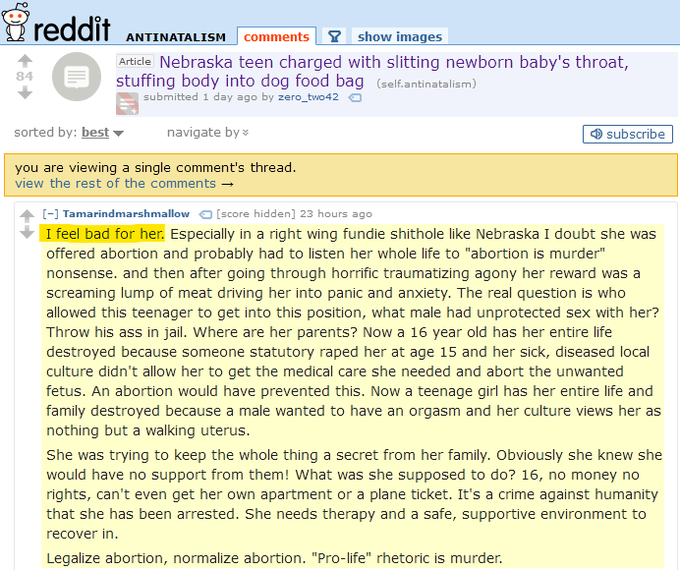What about creativity? Freud speculated when writing about Leonardo da Vinci that creative people possess greater cross-sex identification than others. McKinnon (1962) found that creative men and women have attitudes and interests considered typical for the opposite sex.
The famous creativity researcher Ellis Paul Torrance published a paper in 1963 showing that creative boys possess more feminine characteristics than their peers, and creative girls are perceived as more masculine than other girls. Torrance said "creativity, by its very nature, requires both sensitivity and independence."
Helson (1967) found that the more creative the female mathematician, the more she displayed a combination of the following traits: "individualism, originality, concentration, artistry, complexity, courage, emotion, fascination, and self-orientation." Clearly a mix of both traditionally "masculine" and traditionally "feminine" traits.
Abraham Maslow remarked how creative people tend to often display a healthy balance of what appear to be opposites: selfishness-unselfishness, thinking-feeling, work-play, and maturity-childishness (also see "After the Show: The Many Faces of the Creative Performer"). In reality, these so-called opposites, like stereotypically masculine and feminine traits, can be viewed as two points on a single dimension and can be experienced in the same person at different stages of the creative process.
In 1980, Weinstein and Bobko found that above an IQ of about 115, IQ was no longer correlated with creativity as measured by a test of the ability to form remote associations and a measure of the ability to generate associative uses. What was related to creativity? Androgyny.
The authors suggest a reason for this association:
In being androgynous, especially in a sex-stereotyped society, a person would need to be open to experience, flexible, accepting of apparent opposites, unconcerned about social norms, and self-reliant-- exactly those traits identified with creative persons."
They also acknowledge that "androgyny and creativity are not necessarily linked in a direct, causal way. Rather they are two concepts embedded in a network of personality variables and environmental histories."
In 1981, Harrington and Anderson found that participants defined as masculine or androgynous scored higher on a measure of creative self-concept and the ability to come up with alternate uses for an object (when instructed to "be creative") than those conventionally defined as "feminine" or "unclassifiable" (low in both masculinity and femininity).



 Reply With Quote
Reply With Quote
